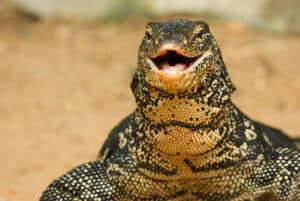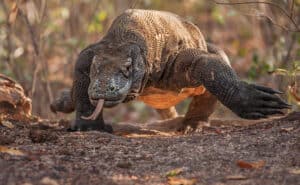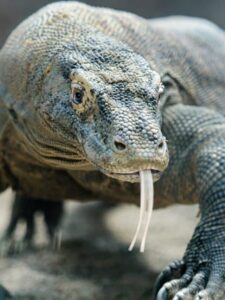Continue reading for our analysis...
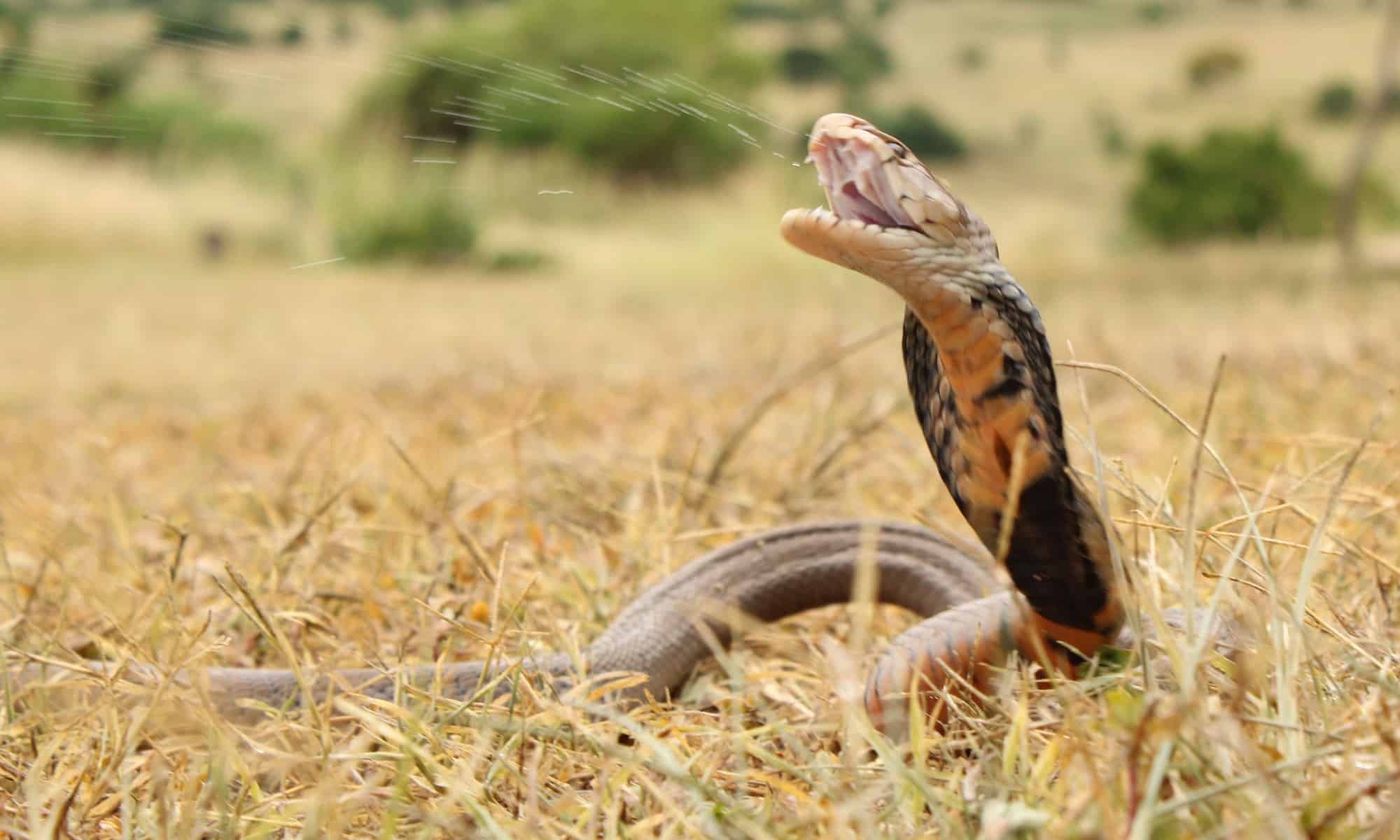
Cobras have a reputation for ambushing their victims. But, despite being dangerous hunters, they still have to contend with their own predators. Understanding the common predators a cobra has can help us better comprehend the function that this species plays in our ecology.
Alligators, caimans, eagles, hawks, and humans are among the enemies of cobras. Larger animals generally prefer baby snakes since they are deprived of their mother’s care from the moment they are born.
Like with any venomous snake, a cobra bite can be fatal if it is not treated appropriately. They also rely on striking potential victims after giving them a warning. Most threats can be frightened away by cobras by raising their bodies, spreading their hoods, and hissing loudly.
A huge king cobra‘s deep, booming hiss is enough to have one’s hair stand on end. Similar to how rattlesnakes rattle, this serves as a warning indication that may be heard from a safe distance.
Because of their poor vision, snakes must depend on their keen sense of smell and ability to blend in with their surroundings to stay safe. In a video on YouTube, we get to witness a massive Komodo dragon attempt to take down a defensive cobra.
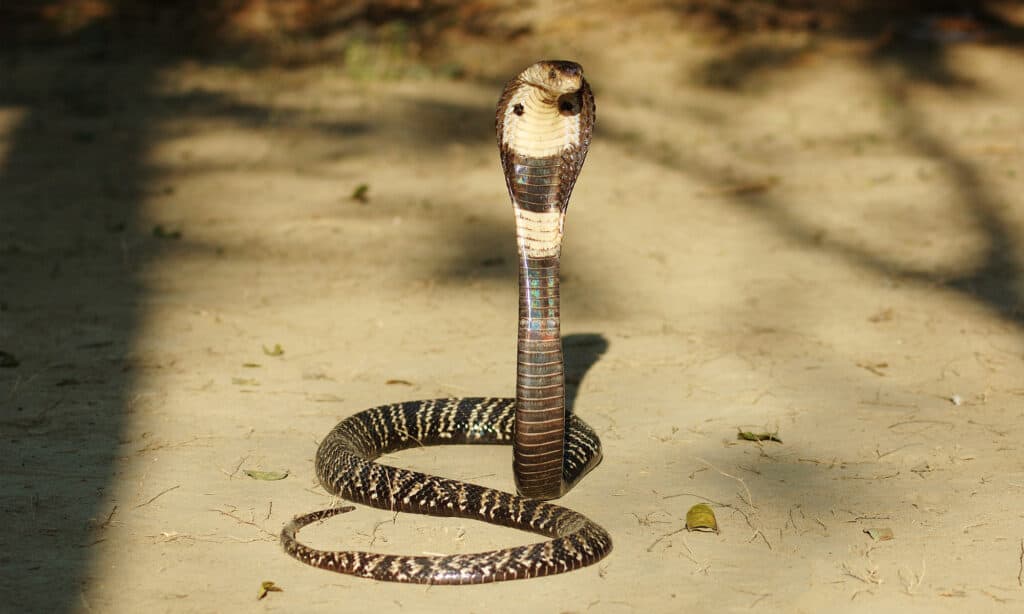
Like with any venomous snake, a cobra bite can be fatal if it is not treated appropriately.
©iStock.com/Koushik Bhattacharjee
Almost every form of meat is consumed by Komodo dragons, which scavenge for dead animals or stalk prey ranging in size from tiny mice to massive water buffalo. Young consume mostly insects, tiny lizards, and birds, as well as snakes.
Researchers discovered coagulation-related modifications in Komodo dragon genes that render these lizards resistant to the venom anti-coagulant and prevent them from bleeding out when struck by another member of their own species or another venomous animal.
It Takes Two To Tango
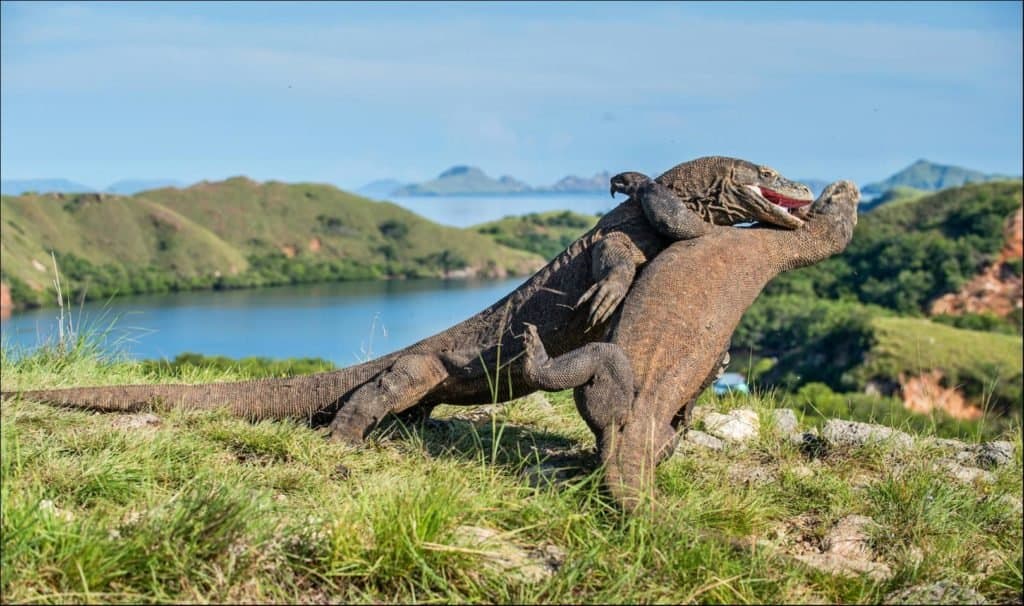
Two Komodo Dragons (Varanus Komodoensis) do battle.
©Sergey Uryadnikov/Shutterstock.com
At the beginning of the footage, we see the sheer difference in sizes between the cobra and the Komodo dragon. Cobras, which are considerably smaller than anacondas, can reach lengths of up to 19 feet but usually grow to 10 to 12 feet long.
Komodo dragons can reach a maximum length of 10 feet and a maximum weight of roughly 300 pounds. Each time the dragon takes a step in this interaction, the cobra effortlessly turns its head, all while in the striking position.
There’s a moment when the Komodo dragon attempts to get behind the serpent, but alas, the snake isn’t having it. Although the dragon is slow-moving, the snake gives it the opportunity to leave.
Cobras don’t necessarily want to strike. When they’re in this upright position, it’s a warning for either the animal or human to back off. A top comment on the video says what we’re all thinking.
It reads, “I totally respect the cameraman for capturing a cobra with a Komodo dragon so closely.” It’s impressive that neither animal put its attention toward the person filming. It’s safe to say they were too focused on each other!
Is It Normal for Cobras to Defend Themselves?
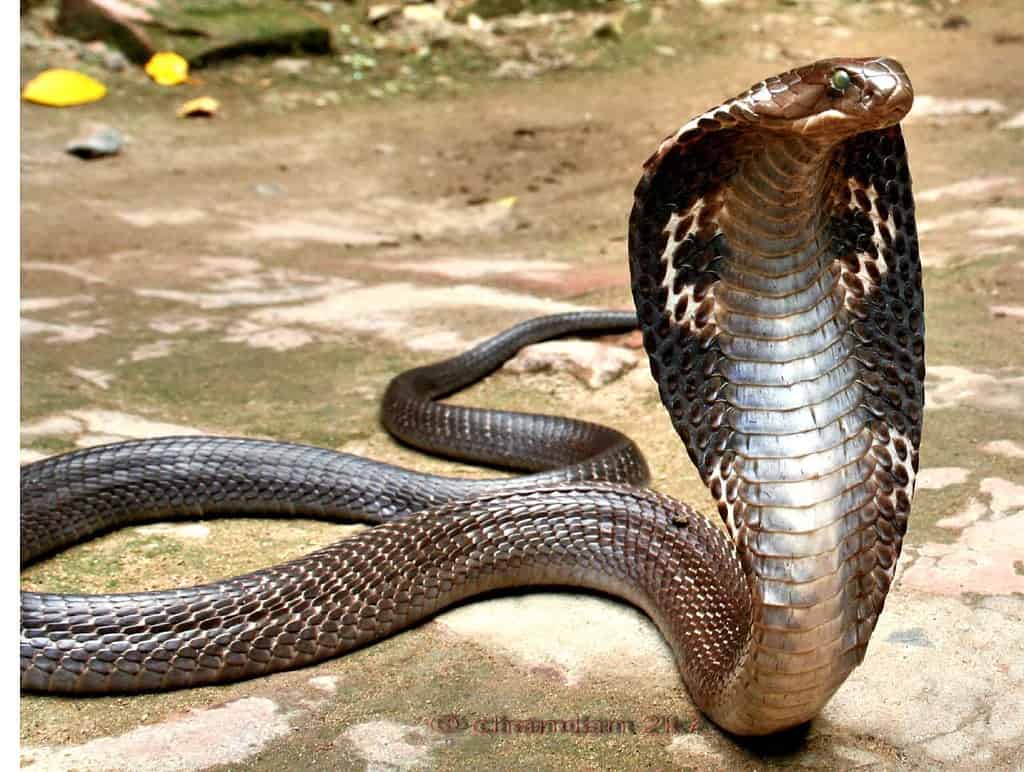
If attacked, a cobra will use all of its strategies to defend itself.
©Chandan Singh from India, CC BY 2.0 – License
Cobras are an iconic species of snake, well-known for their impressive defensive abilities. They use a variety of strategies to protect themselves from predators, even when facing animals much larger than themselves.
One of the most famous cobra defenses is their ability to rear up and spread their hoods. This is an intimidating display that warns potential predators to keep their distance. Additionally, cobras can deliver a powerful, venomous bite to ward off attackers.
Cobras also rely on camouflage to stay safe. They blend in with their surroundings, making them difficult to spot. They can also use their environment to their advantage. Cobras are able to hide in crevices, burrow in the soil, or live in trees and bushes.
Finally, cobras can use their speed to outrun predators. They can quickly move away from danger and escape to safety. Cobras are also agile, able to quickly change direction and outmaneuver their attackers.
Types of Cobras and Their Sizes
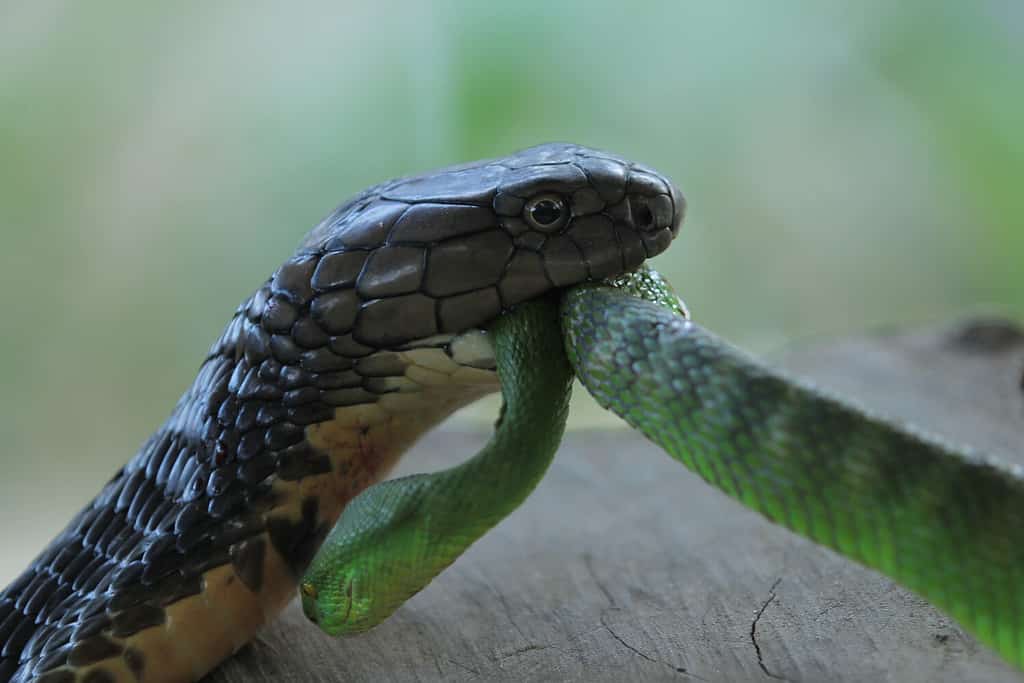
King cobras eat other snakes, and many of them are venomous.
©Mufti Adi Utomo/Shutterstock.com
Cobras are some of the most fascinating creatures on the planet and come in a variety of sizes and shapes. The Indian cobra is the most common type and typically grows to be around 4.5 feet in length and can weigh up to 10 pounds. The King cobra is the largest species of cobra and can grow to be up to 18 feet long and weigh around 20 pounds. The Black-necked spitting cobra is typically 4-5 feet long and weighs between 8-15 pounds. The Egyptian cobra is a medium-sized cobra, measuring around 3-4 feet long and weighing up to 10 pounds. Lastly, the hamadryad cobra is the smallest of the cobra species, usually measuring up to 2 feet in length and weighing up to 2 pounds. No matter the size, all cobras are incredibly dangerous and should be treated with respect and caution.
Thank you for reading! Have some feedback for us? Contact the AZ Animals editorial team.



